A new report finds small modular reactors could provide competitively priced electricity in Washington state’s future electricity market.
Tag: Clean Energy
Recycling Gives New Purpose to Spent Nuclear Fuel
PNNL researchers developed an innovative capability to rapidly separate, monitor, and tightly control specific uranium and plutonium ratios in real-time—an important achievement in efficiently controlling the resulting product and safeguarding nuclear material.
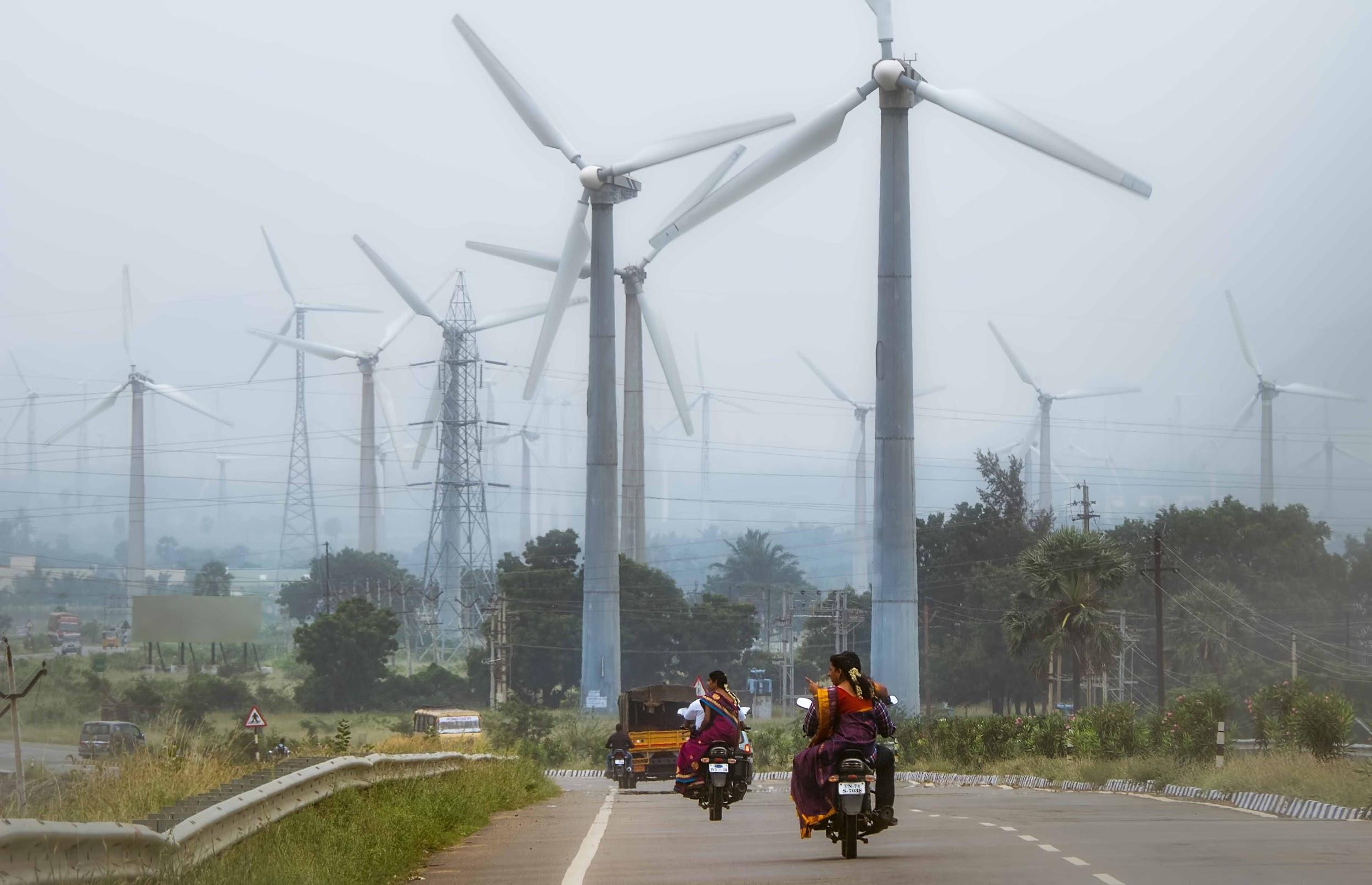
Science Snapshots From Berkeley Lab – Week of March 29, 2021
India’s Ambitious Clean Energy Goals, a Secret Pathway to Harnessing the Sun for Clean Energy, and a Supersmart Gas Sensor for Asthmatics
U.S. Department of Energy Announces $34.5 Million for Data Science and Computation Tools to Advance Climate Solutions
The U.S. Department of Energy (DOE) today announced up to $34.5 million to harness cutting-edge research tools for new scientific discoveries, including clean energy and climate solutions. Two new funding opportunities will support researchers using data science and computation-based methods—including artificial intelligence and machine learning—to tackle basic science challenges, advance clean energy technologies, improve energy efficiency, and predict extreme weather and climate patterns.
U.S. Department of Energy Announces $30M for Research to Secure Domestic Supply Chain of Critical Elements and Minerals
The U.S. Department of Energy (DOE) today announced up to $30 million to support scientific research that will ensure American businesses can reliably tap into a domestic supply of critical elements and minerals, such as lithium, cobalt and nickel, needed to produce clean energy technologies.
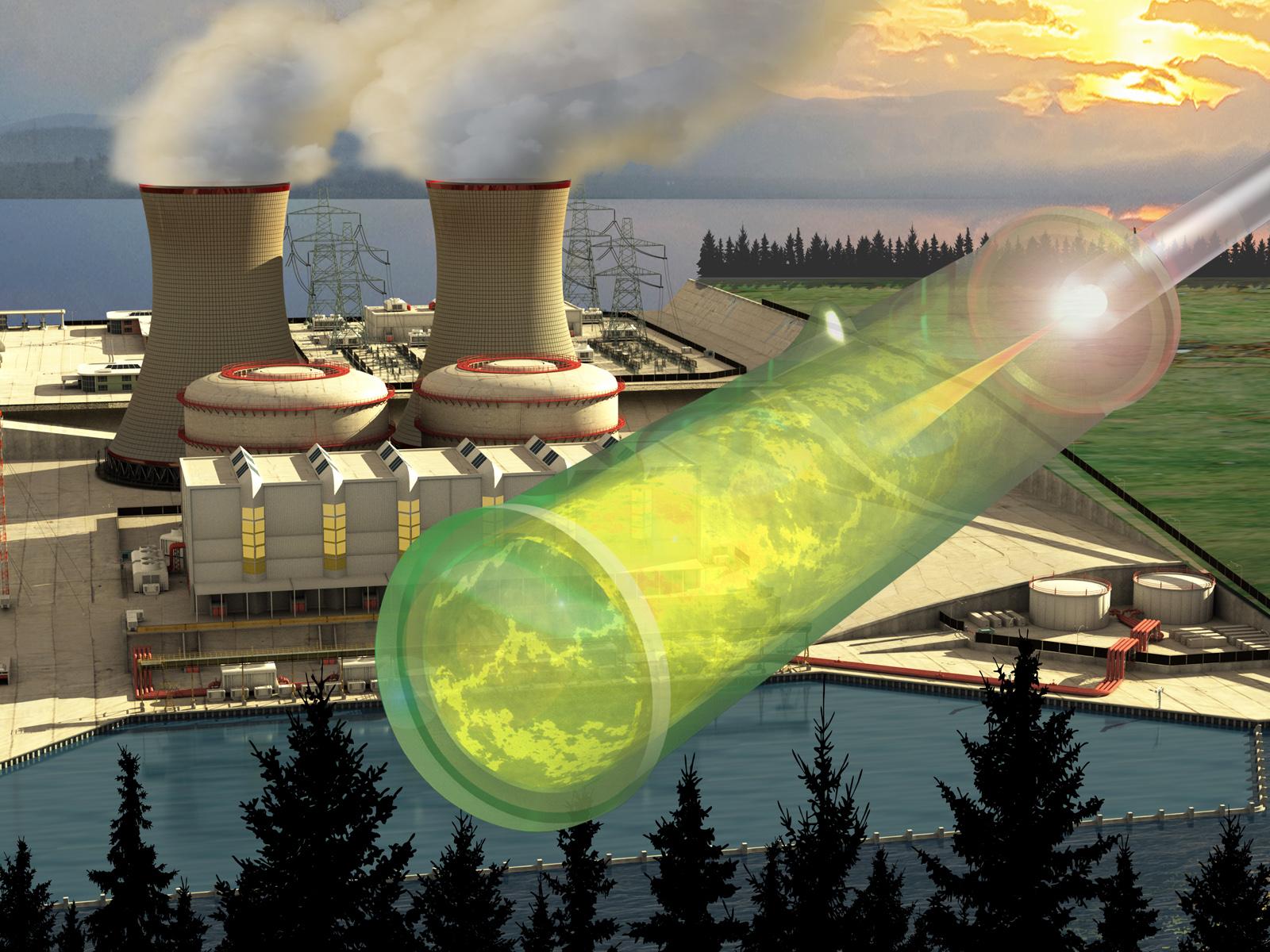
Real-Time Monitoring Tool Speeds Up Advanced Nuclear Reactor Development
Innovative technology combines continuous, remote, real-time testing and monitoring of byproduct gasses, paving the way for faster advanced reactor development and testing.

PNNL Energy Sciences Center Will Help Realize Clean Energy Future
New 140,000-square-foot facility will advance fundamental chemistry and materials science for higher-performing, cost-effective catalysts and batteries, and other energy efficiency technologies.
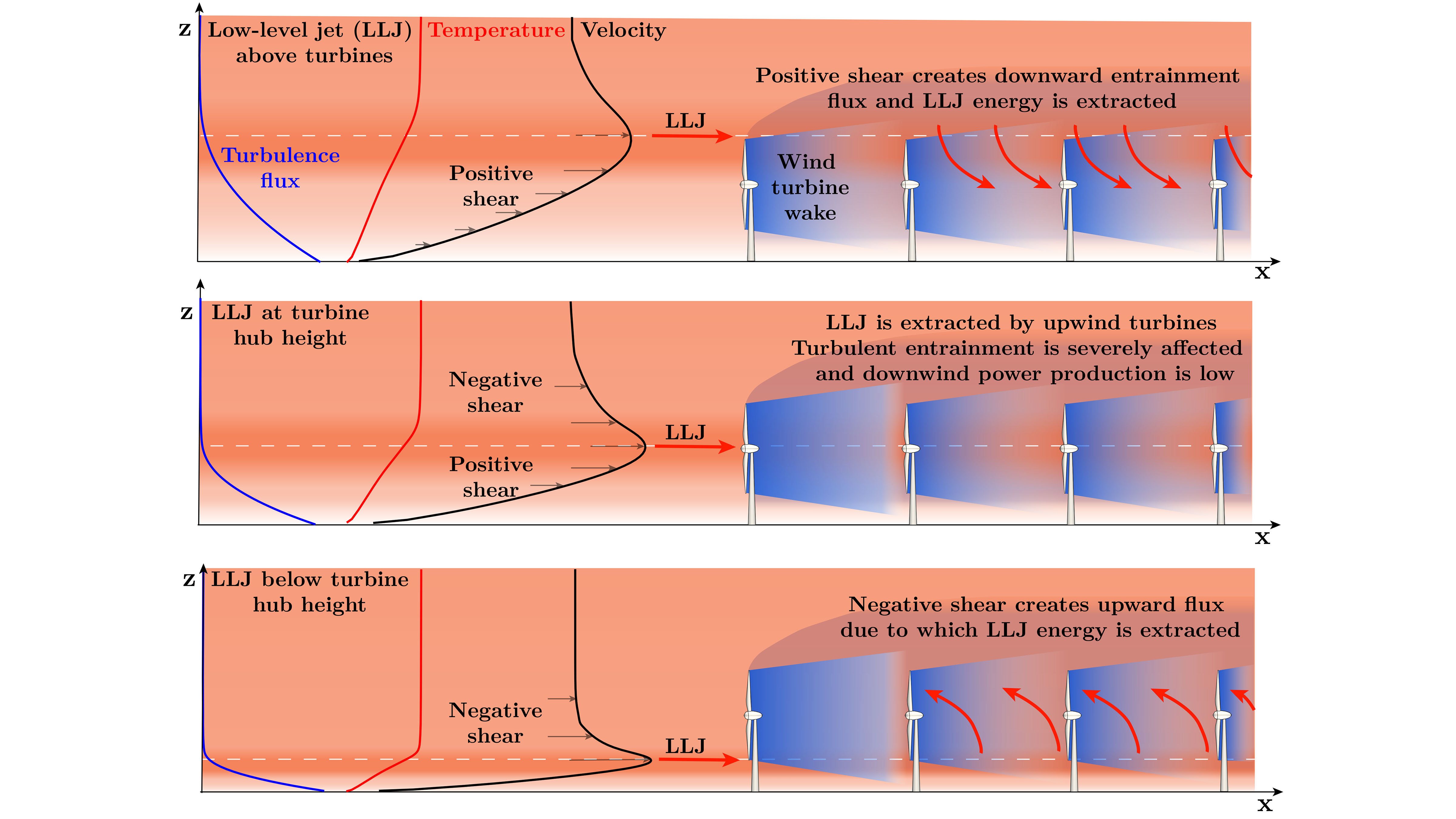
Low-Level Jets Create Winds of Change for Turbines
Global wind power capacity has increased more than fivefold over the past decade, leading to larger turbines, but low-level jets are one cause for concern. The effects of these strong, energetic wind flows depend on how high the wind flows are in relation to the turbines. In the Journal of Renewable and Sustainable Energy, researchers considered three different scenarios in which the LLJs were above, below, and in the middle of the turbine rotors.

New method converts methane in natural gas to methanol at room temperature
Researchers at the University of Illinois Chicago have discovered a way to convert the methane in natural gas into liquid methanol at room temperature.
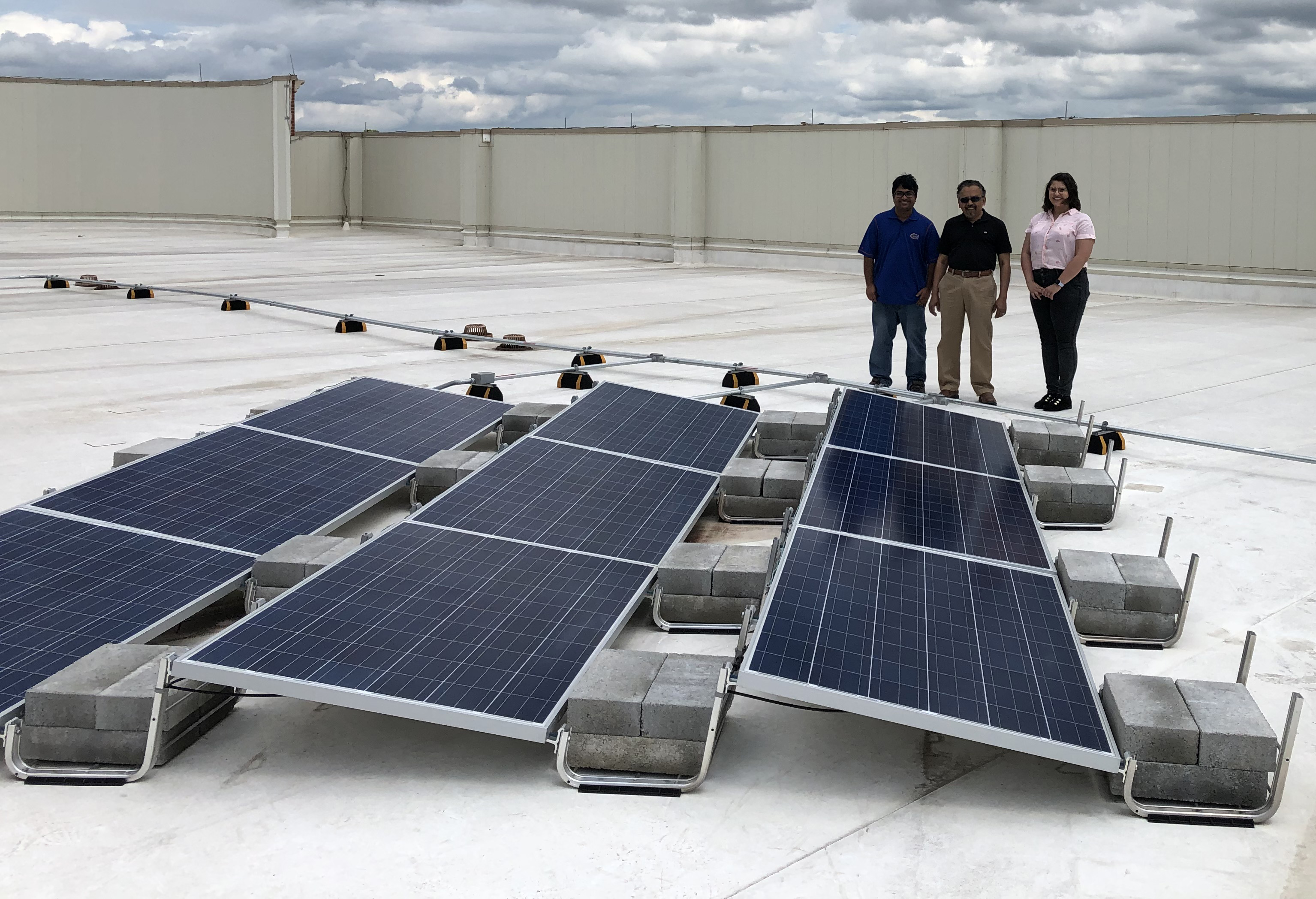
UNC Charlotte’s Energy Production and Infrastructure Center is One of 10 Selected Nationwide for U.S. Department of Energy Award
UNC Charlotte’s Energy Production and Infrastructure Center (EPIC) has been selected for a $3.6 million award from the U.S. Department of Energy Solar Energy Technologies Office (SETO) to improve the resilience and reliability of the regional grid.
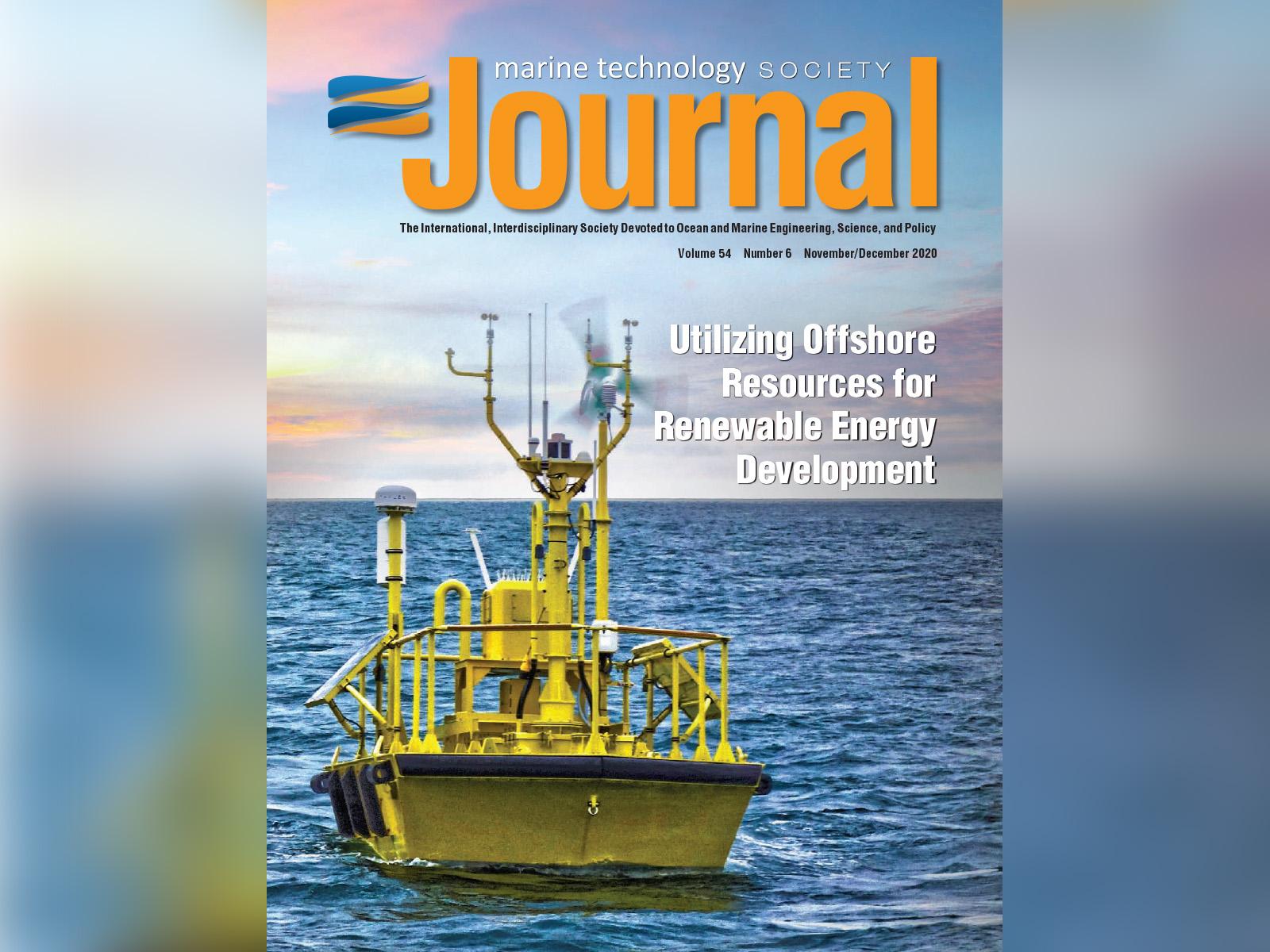
Renewable Energy Advances in Marine Clean Energy
A special issue of the Marine Technology Society Journal focuses on research and development efforts among industry, academia, and national laboratories, including PNNL. The issue was guest edited by Alicia Gorton, a project manager and ocean engineer at PNNL.
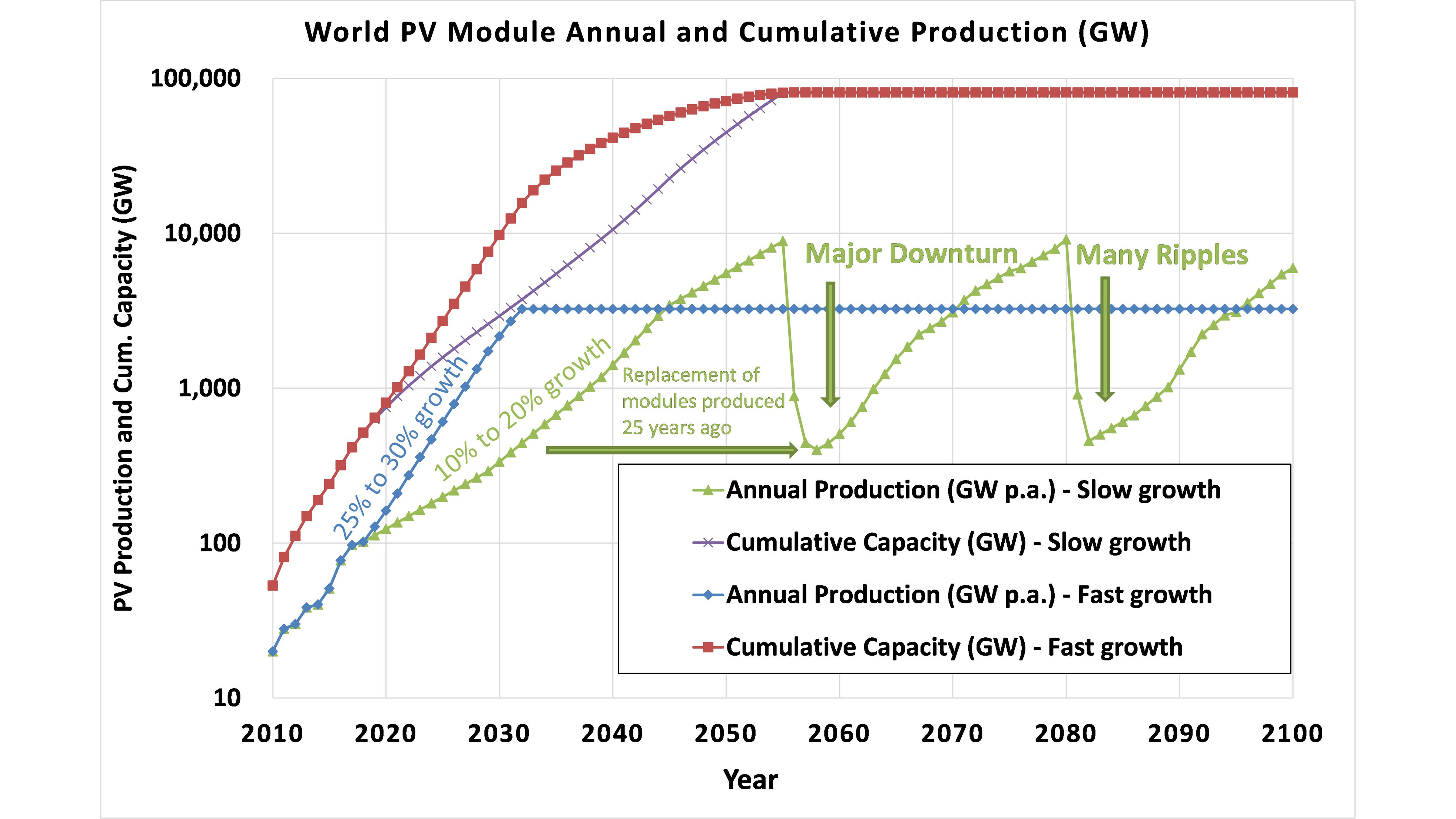
Photovoltaics Industry Can Help Meet Paris Agreement Targets
To meet the Paris Agreement’s goal of preventing Earth’s average temperature from rising more than 2 degrees Celsius above preindustrial level, one of the best options for the energy economy will involve a shift to 100% renewable energy using solar energy and other clean energy sources. In the Journal of Renewable and Sustainable Energy, researchers describe a model developed to predict what is necessary for the solar industry to meet Paris Agreement targets.
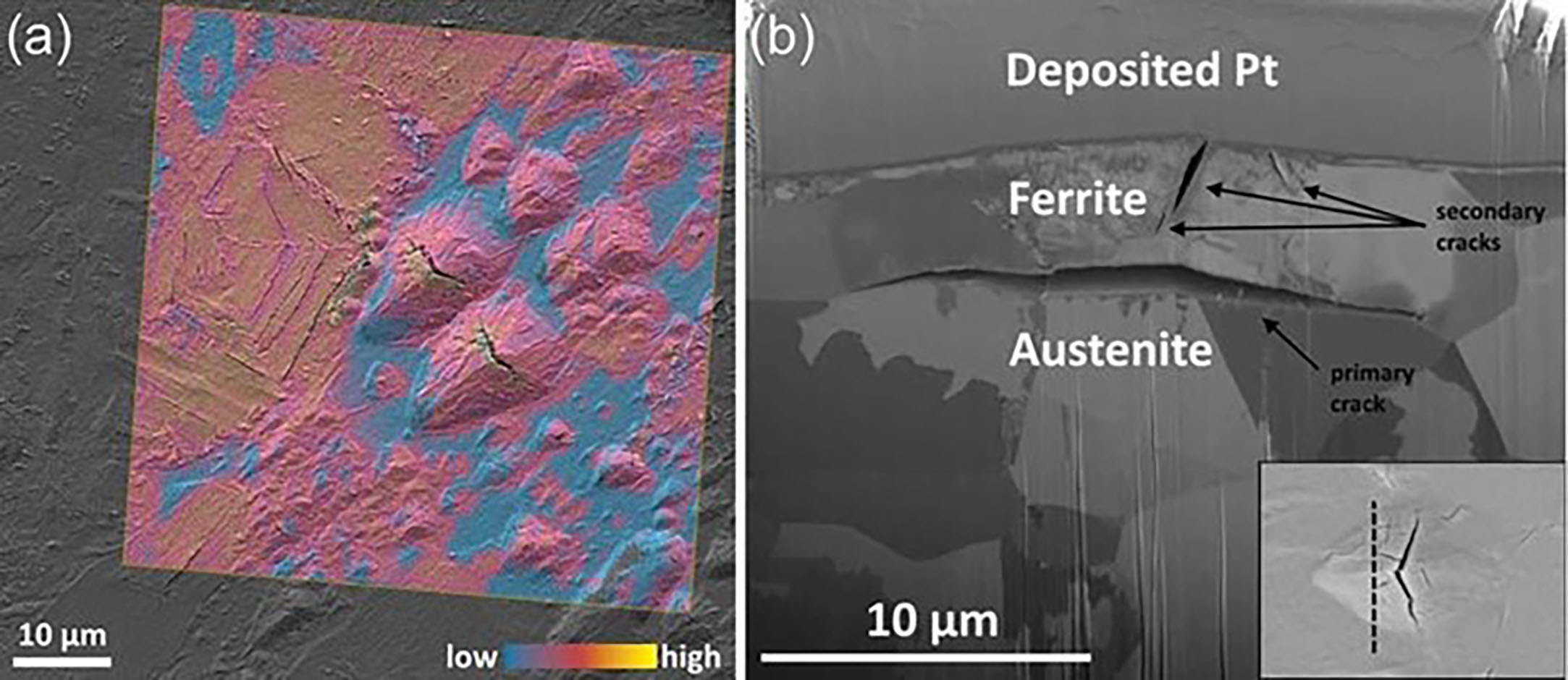
Hydrogen Embrittlement Creates Complications for Clean Energy Storage, Transportation
Hydrogen is becoming a crucial pillar in the clean energy movement, and developing safe and cost-effective storage and transportation methods for it is essential but complicated, because hydrogen can cause brittleness in several metals including ferritic steel. Recent advancements are starting to provide insight into the embrittlement process. A review of various methods in Applied Physics Reviews improves the understanding of the structure, property, and performance of ferritic steels subjected to mechanical loading in a hydrogen environment.
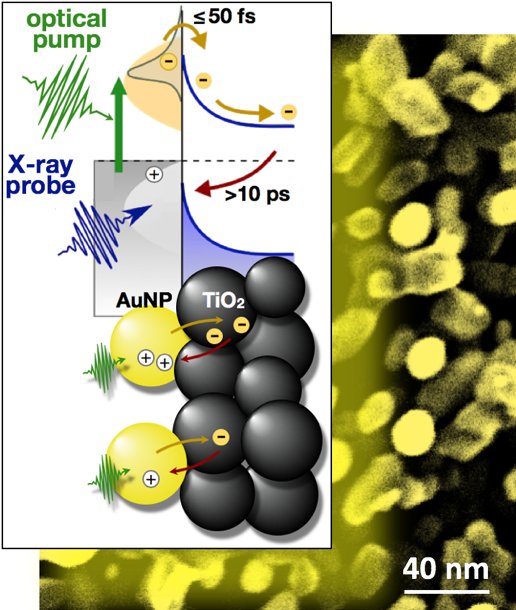
Scientists Capture Candid Snapshots of Electrons Harvesting Light at the Atomic Scale
A team of scientists led by Berkeley Lab has gained important new insight into electrons’ role in the harvesting of light in artificial photosynthesis systems.

Prometheus Fuels licenses energy-saving ORNL ethanol-to-jet-fuel process
The current state-of-the-art process for converting biomass-derived ethanol into aviation fuels is a costly endeavor, both in terms of energy use and capital cost. Zhenglong Li, an ORNL scientist, simplified the process by developing a catalyst that can convert ethanol into mixed olefins.
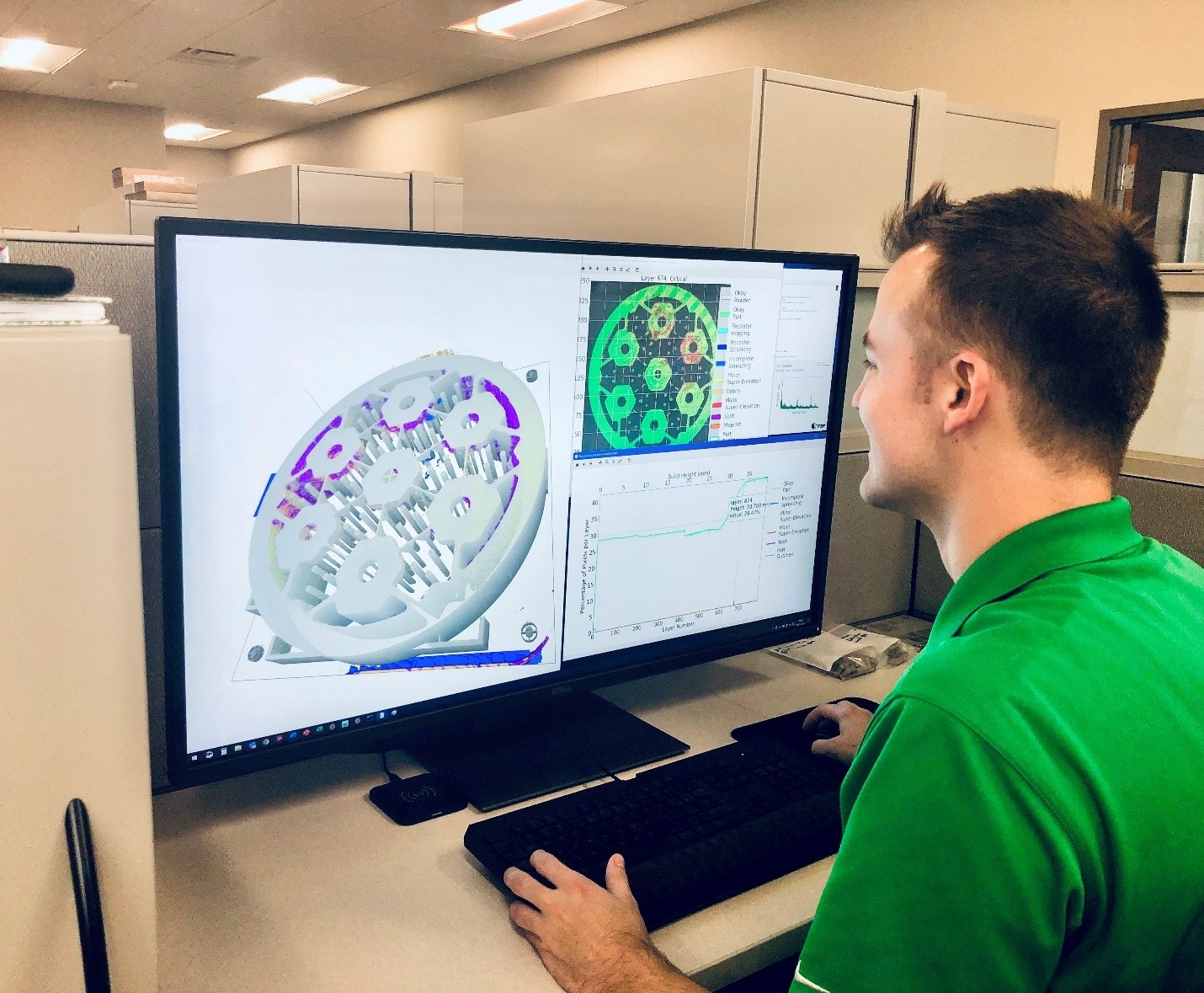
AI software enables real-time 3D printing quality assessment
Oak Ridge National Laboratory researchers have developed artificial intelligence software for powder bed 3D printers that assesses the quality of parts in real time, without the need for expensive characterization equipment.
Hybrid inverter integrates distributed energy resources, supports smart grid function
Oak Ridge National Laboratory researchers have developed an intelligent power electronic inverter platform that can connect locally sited energy resources such as solar panels, energy storage and electric vehicles and smoothly interact with the utility power grid.
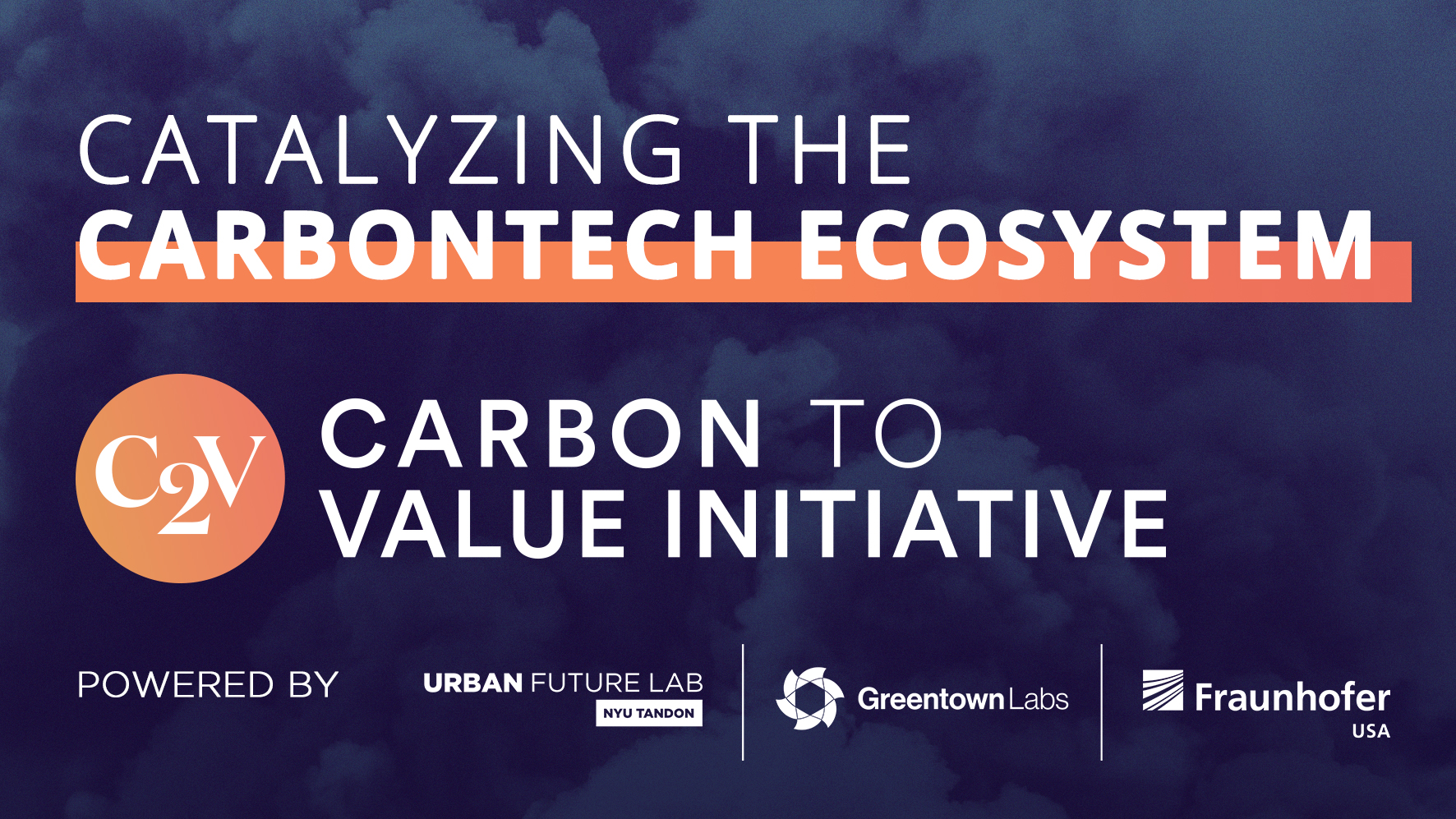
Urban Future Lab, Greentown Labs, and the Fraunhofer USA TechBridge Program announce the Carbon to Value Initiative
The Urban Future Lab at the NYU Tandon School of Engineering, Greentown Labs, and the Fraunhofer USA TechBridge Program launch the Carbon to Value Initiative (C2V Initiative), a partnership driving the creation of a thriving innovation ecosystem for the commercialization of carbontech
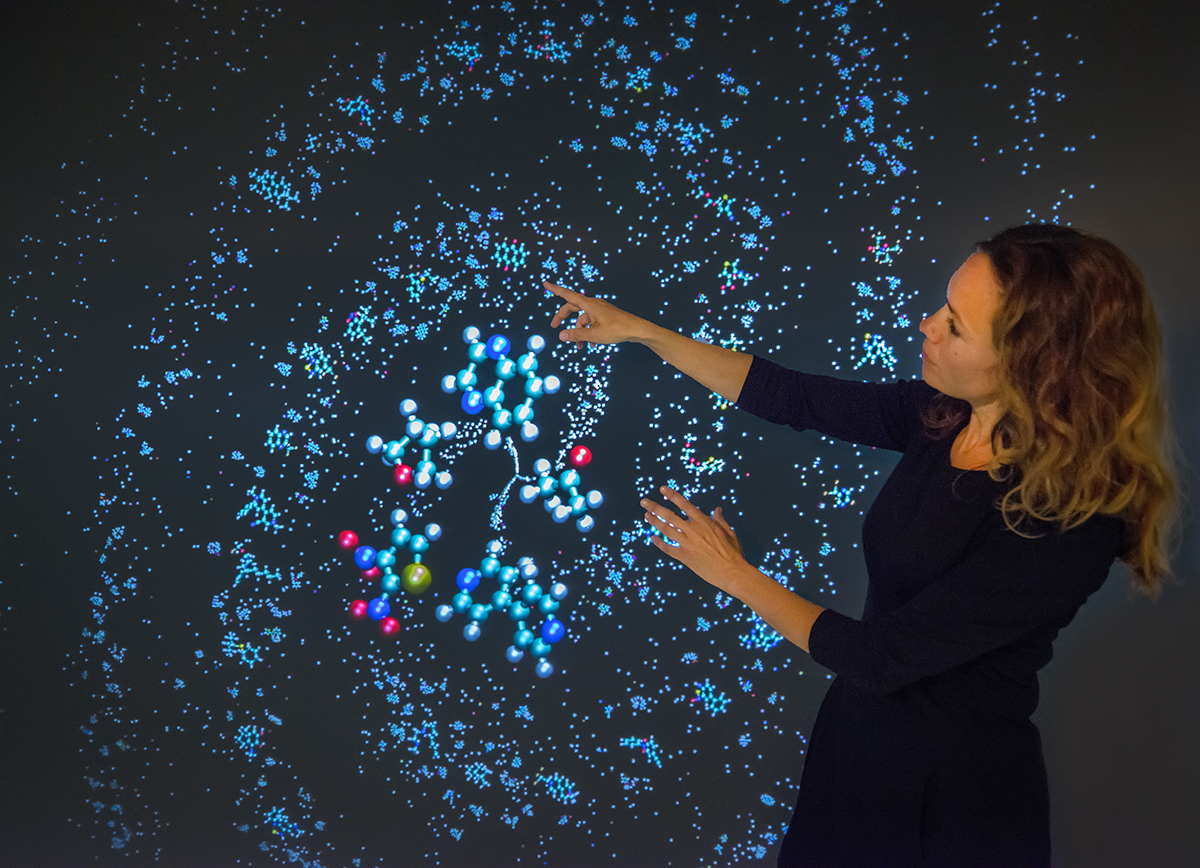
Making a Material World Better, Faster Now: Q&A With Materials Project Director Kristin Persson
Berkeley Lab’s Kristin Persson shares her thoughts on what inspired her to launch the Materials Project online database, the future of materials research and machine learning, and how she found her own way into a STEM career.
Exploring the impacts of climate change on hydropower production
A new study investigated the impacts of different levels of global warming on hydropower potential and found that this type of electricity generation benefits more from a 1.5°C than a 2°C climate scenario.
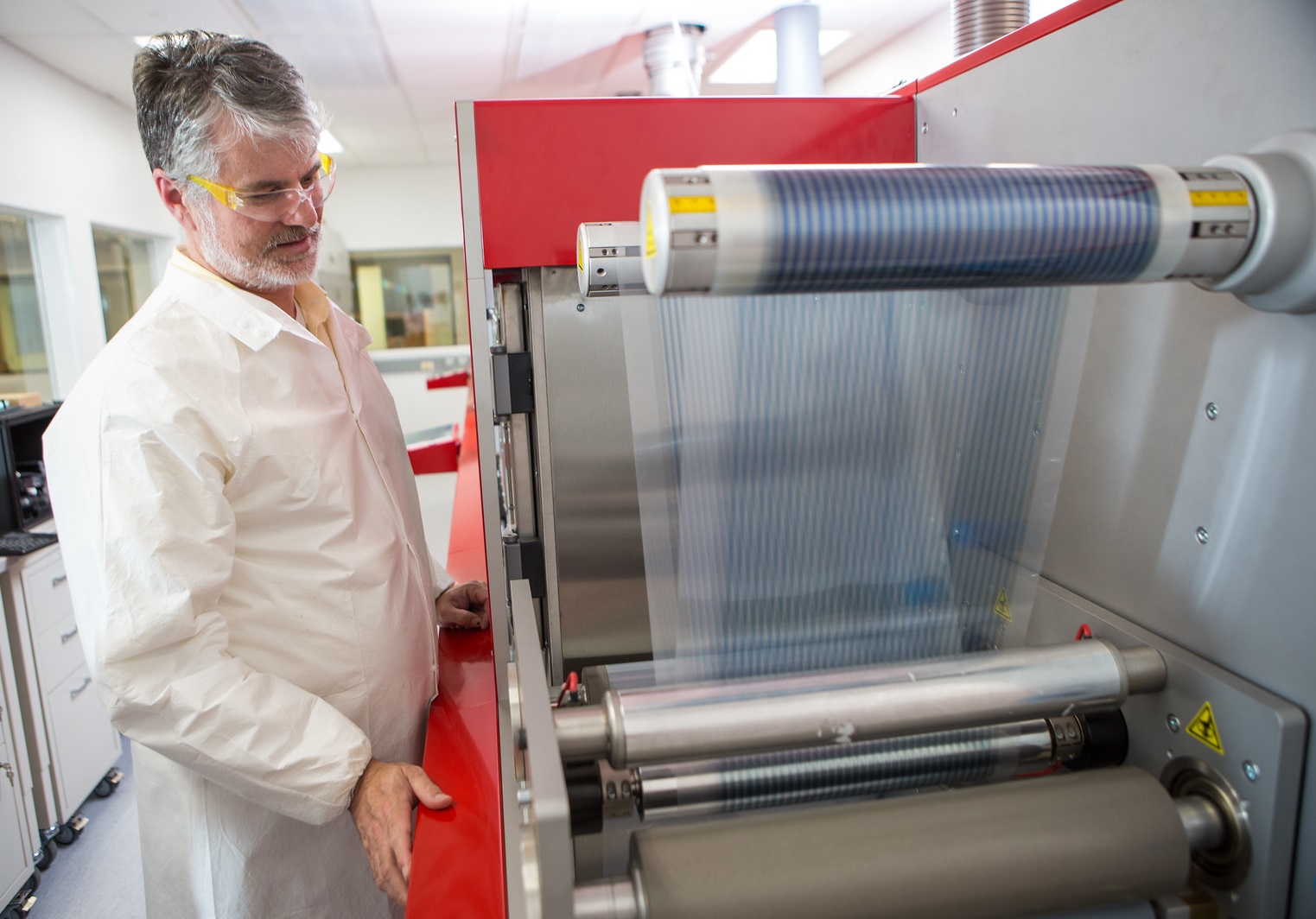
Solar researchers across country join forces with industry to boost U.S. solar manufacturing
The University of Washington, the National Renewable Energy Laboratory, the University of North Carolina at Chapel Hill and the University of Toledo have formed the U.S. Manufacturing of Advanced Perovskites Consortium to accelerate the domestic commercialization of perovskite technologies.
Rutgers Expert Available to Discuss Air Quality During COVID-19
New Brunswick, N.J. (April 9, 2020) – Rutgers University–New Brunswick Professor Monica Mazurek is available for interviews on air quality during the COVID-19 pandemic. “We are experiencing unusually low levels of gas-phase and particulate air pollutants compared with last year,…
DIII-D Researchers Use Machine Learning to Steer Fusion Plasmas Near Operational Limits
Researchers at the DIII-D National Fusion Facility recently achieved a scientific first when they used machine learning calculations to automatically prevent fusion plasma disruptions in real time, while simultaneously optimizing the plasma for peak performance. The new experiments are the first of what they expect to be a wave of research in which machine learning–augmented controls could broaden the understanding of fusion plasmas. The work may help deliver reliable, peak-performance operation of future fusion reactors.
New research could aid cleaner energy technologies
New research led by faculty at Binghamton University, State University of New York, could aid cleaner energy technologies.

Tufts adds new solar energy systems, expands its commitment to clean energy
New additions will increase energy savings, reduce costs MEDFORD/SOMERVILLE, Mass. (June 26, 2019) – Two new roof-mounted solar photovoltaic installations on buildings located on the Medford/Somerville campus of Tufts University will generate 161,000 kilowatt hours of renewable energy for the…